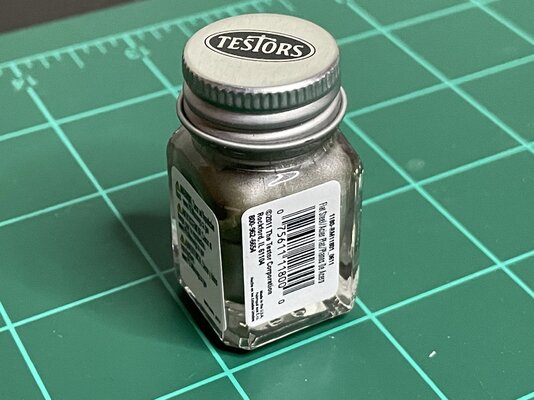Rusty McNickel
I live for the CABE
I have an 1898 Spalding to clean up. A previous owner ground a slot in a pedal cap in an effort to unscrew it off.
I'd like to improve the sppearance somehow but weighing the options. I do not intend a full restoration. The cap appears brass and fairly thin. The bike will be a rider.
1) Solder or braze and clean up.
2) Clean up and use colored epoxy to fill, then smooth out.
3) Embrace it and leave as is.
4) Any other suggestions?


I'd like to improve the sppearance somehow but weighing the options. I do not intend a full restoration. The cap appears brass and fairly thin. The bike will be a rider.
1) Solder or braze and clean up.
2) Clean up and use colored epoxy to fill, then smooth out.
3) Embrace it and leave as is.
4) Any other suggestions?


















